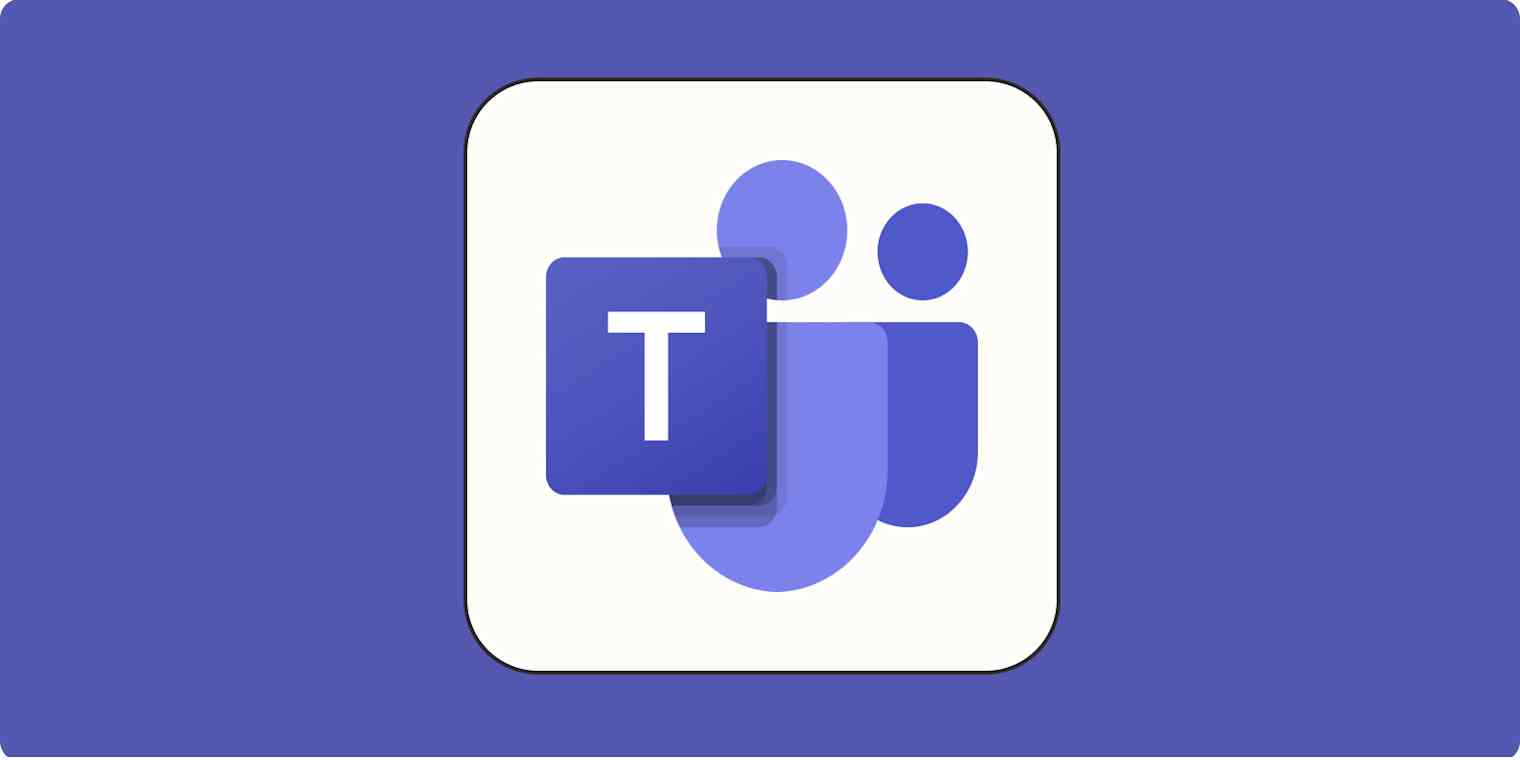App tips
5 min readHow to set or schedule an out of office status in Teams (and then remove it)
By Bryce Emley · April 22, 2024

Get productivity tips delivered straight to your inbox
We’ll email you 1-3 times per week—and never share your information.
mentioned apps
Related articles
Improve your productivity automatically. Use Zapier to get your apps working together.







